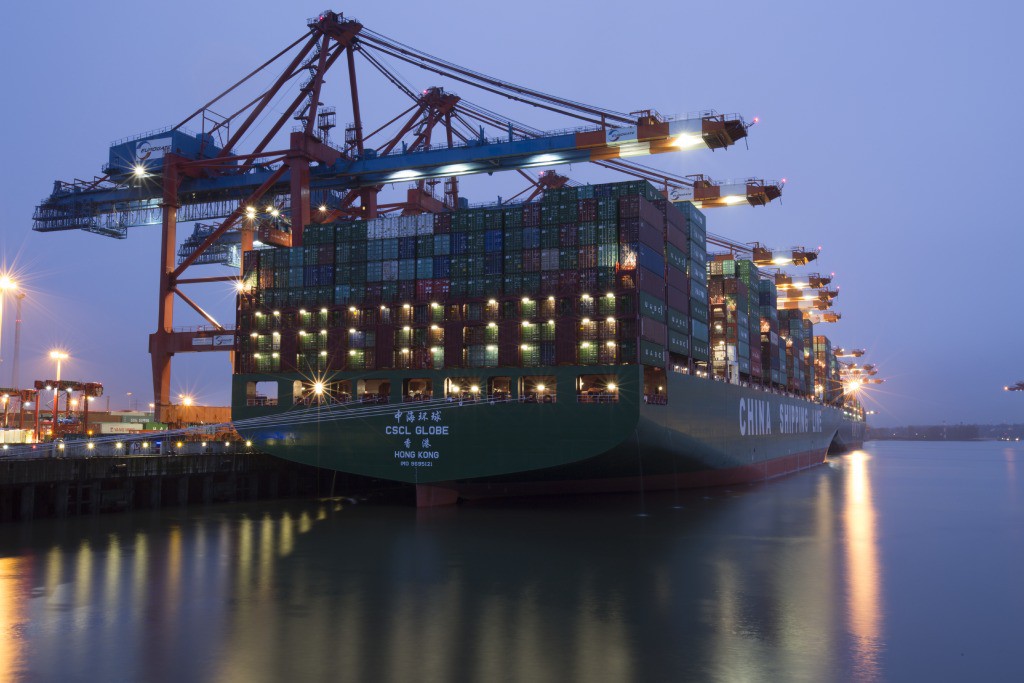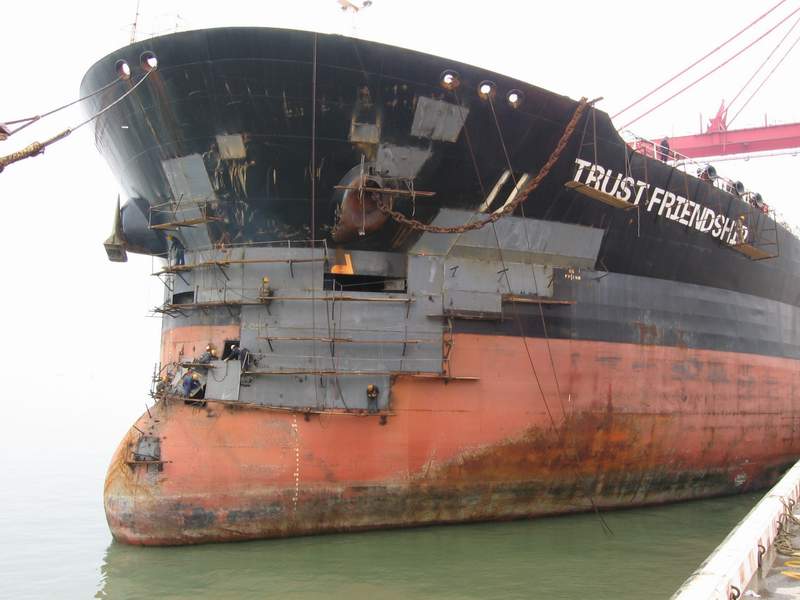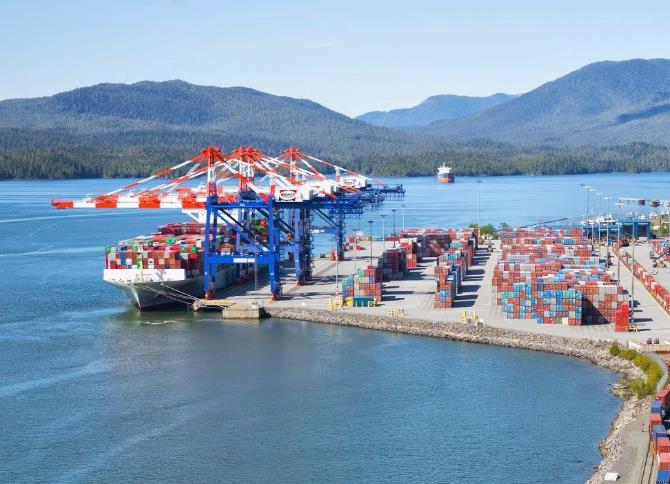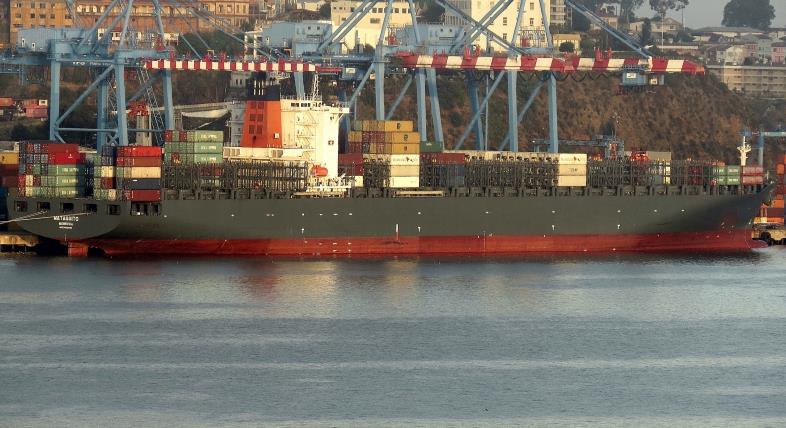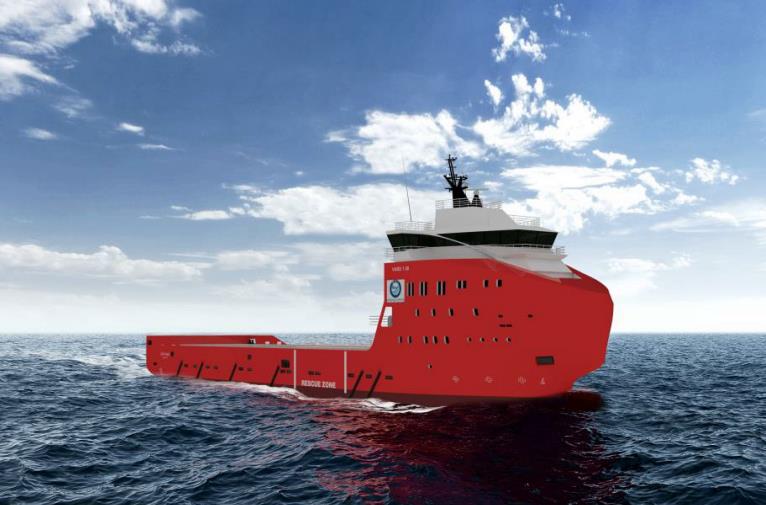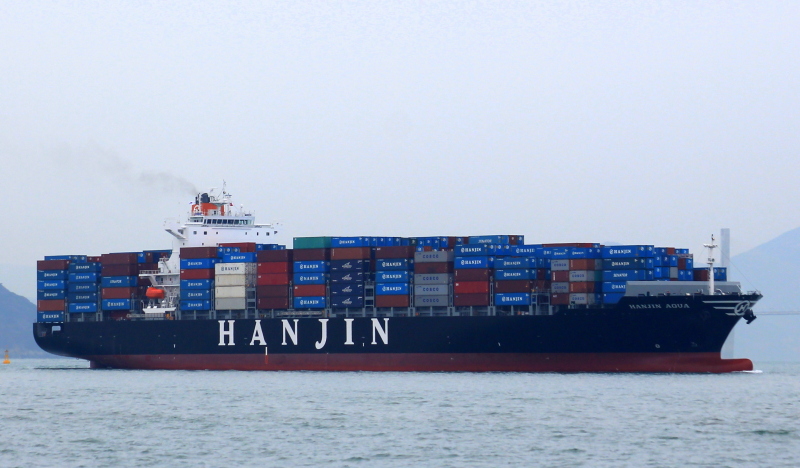Cutting emissions in a world already experiencing climate change has been one of the key topics last year as world powers met in Paris to talk measures aimed at curbing global warming of more than 2°C. Even though shipping has been left out of the Paris Agreement, there is a mounting pressure on the industry players to shift to more environmentally-friendly solutions. Adoption of liquefied natural gas (LNG) as marine fuel has been one of the most common solutions for ship owners, and 2015 has seen numerous industry-firsts and industry records, such as the largest LNG-powered containership.

World Maritime News spoke with Patrick Janssens, Vice President of Global Gas Solutions, American Bureau of Shipping (ABS) to learn more about the challenges of construction and classification of such ships, along with the prospects for investments in LNG across the board in 2016.
WMN: In light of the recently held COP21 summit in Paris, and the exclusion of shipping from the agreement reached, the shipping industry nonetheless expects to decrease CO2 emissions. What role is LNG as marine fuel expected to play in this initiative?
Janssens: LNG as a marine fuel has a central role in reducing the overall CO2 emissions inventory from shipping, and it will become increasingly attractive as shipping and its regulators work to further reduce the industry’s contribution to climate change.
WMN: We have seen various maritime sectors venture into LNG as marine fuel, the latest one being cruise ships. What domain remains unexplored? What industry-first could we see next?
Janssens: The area that, if not unexplored, certainly is not fully exploited, is the main fleet of bulk carriers and tankers. ABS has classed LNG Ready product tankers and is collaborating on an LNG Ready bulk carrier design, but these are the sectors that have yet to fully embrace the concept. The reasons are numerous: the low bunker price, the number of sailing days spent within an Emission Control Area (ECA), the availability of low sulphur fuel and alternative compliance options. In addition, the tramp trading patterns of many bulk carriers and tankers increase the challenge of sourcing LNG fuel in multiple locations. But just as with containerships, it seems likely that more and more owners will consider this option in the future.
WMN: What are the key things/challenges to have in mind when performing a classification of an LNG-powered ship? Could you describe us the process in a few points?
Janssens: Using LNG as fuel is not new – LNG carriers have used boil-off gas from cargo as fuel since the launch of the first LNG carrier entered service in 1964; so the technical challenges are generally well known and understood. What is new in applying LNG as fuel to cargo ships is understanding how the arrangement of the cargo tanks, fueling system and main engine impact cargo capacity and ship operations. For LNG bunkering vessels, the process is closer to existing principles, but in both cases, a critical challenge is ensuring crew training and competence that reflect the differences between conventional fuel and LNG as fuel.
WMN: ABS took part in construction of TOTE Maritime’s Isla Bella, the largest containership powered by LNG. What were the key challenges during the design/construction process? Could we see more of such or bigger ships join the global fleet any time soon?
Janssens: The most fundamental challenge was supervising the construction of an LNG-powered containership at a shipyard that had no previous experience building this type of vessel. This meant that co-ordination among owner, designer, shipyard, class society and regulator had to be closer than ever to deliver the required level of quality and safety. TOTE Maritime’s Marlin-class ships – just like those for Nordic Hamburg – were built for specific trades and capacities, but the interest shown in LNG Ready designs suggests it is only a matter of time before we see larger LNG-powered containerships.
WMN: How would you asses the capability of US shipbuilders to build these complex ships? Percentage-wise, how many of them have the necessary know-how and what can be done to increase this number to bring the production from Korean yards to the US?
Janssens: The US shipbuilding market has proven itself able to take on the challenge of these new ship types, and their knowledge is increasing as they successfully complete small and large newbuilding projects as well as evaluating conversions. One of the big challenges in building LNG carriers and LNG-fueled ships is that new yards in new locations want to get into these markets; so the task of ABS is to provide the guidance and support to help them do so safely and sustainably.
WMN: Seeing that the shipping industry is sailing through a challenging period, especially the containership and dry bulk shipping segments, how do you think this might affect investments in LNG-powered/LNG-ready newbuilds? What is the feedback from the market?
Janssens: Containership operators – especially those with heavy ECA operations or those for whom adopting cleaner fuel is important to their clients –have already begun making the investment, but as always, the business case will need to be balanced across a number of factors. The ship finance climate in 2016 will be tight, but there is no doubt that investors of all kinds realise that together with operational efficiency, the potential for cleaner operations from using LNG as fuel will be attractive in certain markets.
WMN: Speaking of the US shipping companies and investments in LNG-powered ships, do you see demand for these ships picking up? What are the obstacles for more companies to order this type of ships, and what could be done to remove these obstacles?
Janssens: The North American shipping market probably has the fewest number of obstacles to adopting LNG as fuel because it has a coastal trading fleet that needs to comply with ECA regulations. Regulation remains the strongest driver – just as it does in Europe’s Sulphur Emission Control Areas – because the economic and environmental arguments merge.
WMN: Are the existing safety regulations considered sufficient to prevent major incidents on LNG-powered vessels?
Janssens: With the IGF Code adopted in 2015 together with associated amendments to SOLAS and STCW Convention and Code, the industry has a platform on which to build for the future. The Code contains mandatory provisions for the arrangement, installation, control and monitoring of machinery, equipment and systems using low-flashpoint fuels and is intended to minimise the risk to the ship, its crew and the environment. Together with the technical requirements, it is important to consider the necessary training, certification and competence of personnel serving on gas-fueled ships as a part of the overall package.
WMN: 2015 is over, how would you assess the year and what can we expect from ABS in 2016?
Janssens: 2016 will be a challenging year for many sectors of the shipping industry. An uncertain economic outlook, the low oil price, pressure on earnings, the costs of compliance and the desire for operational efficiency will be the key drivers to owners seeking sustainable operations. For ABS, our mission does not waver – we will continue to provide best in class classification services that support the industry and protect life, property and the environment.




